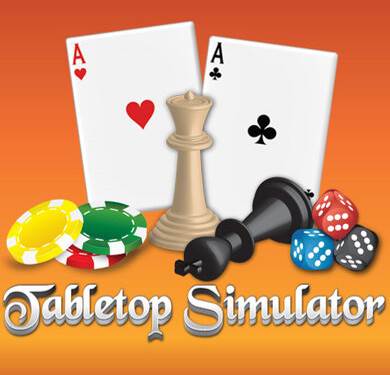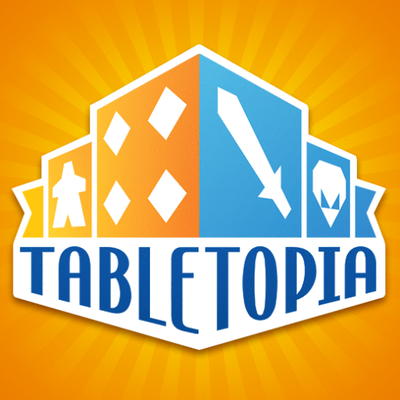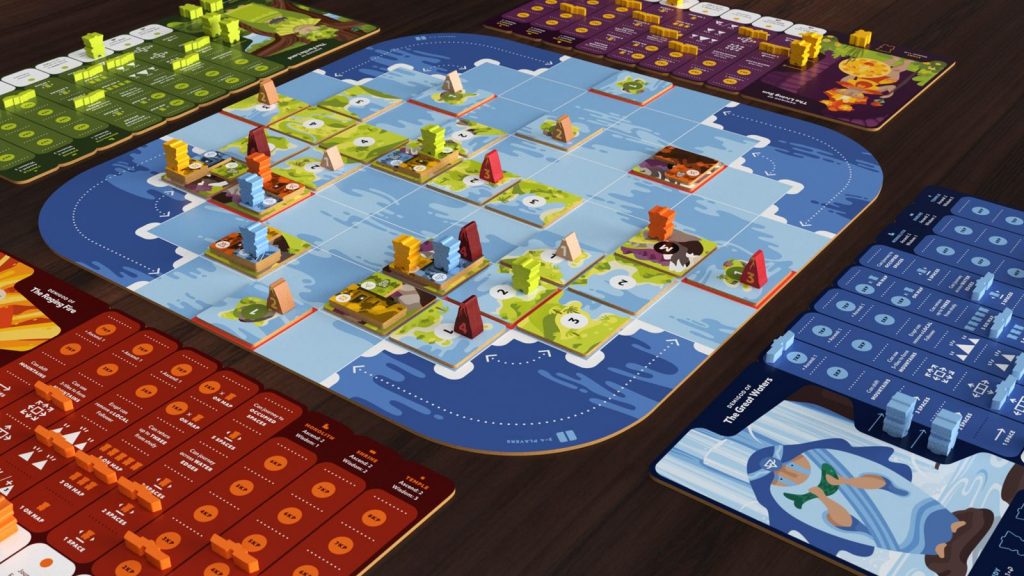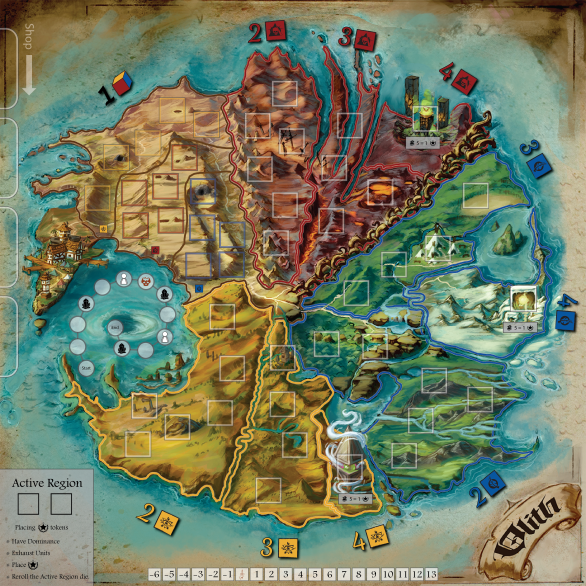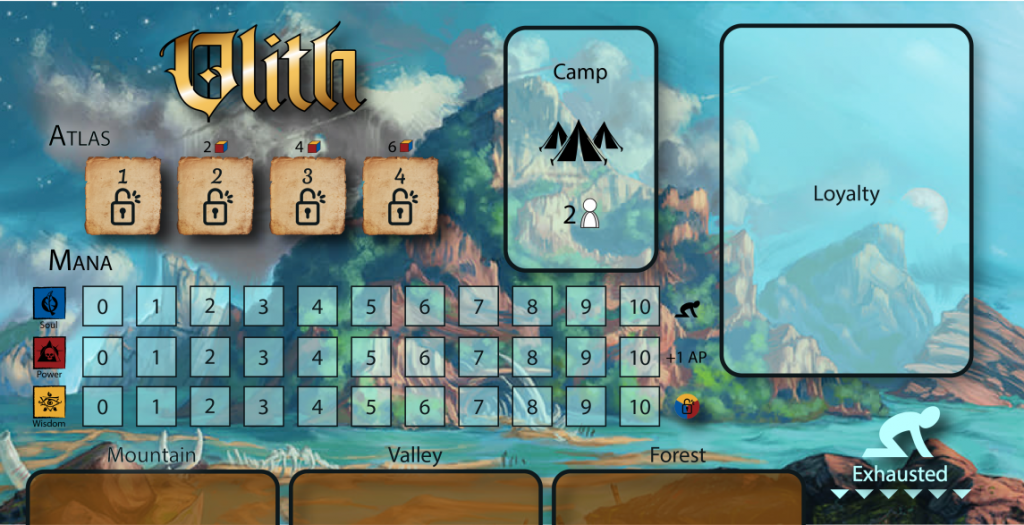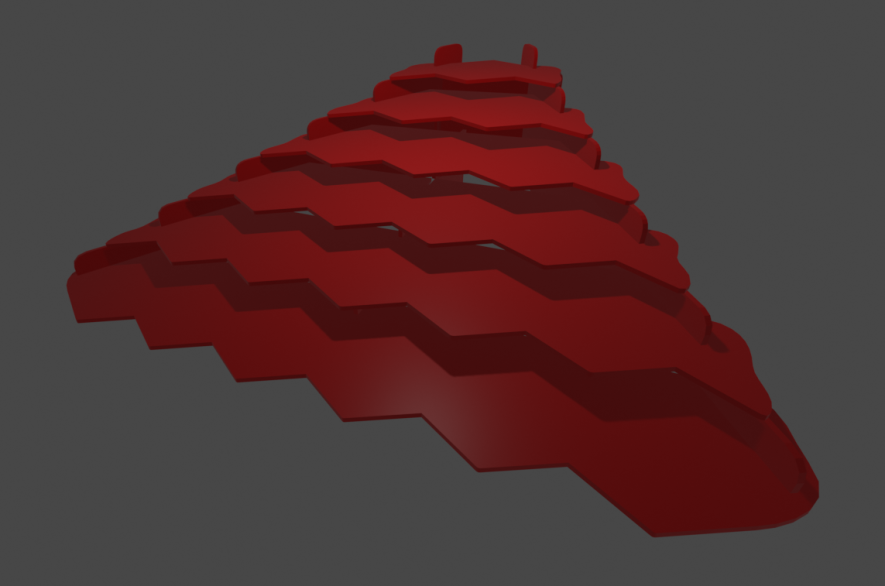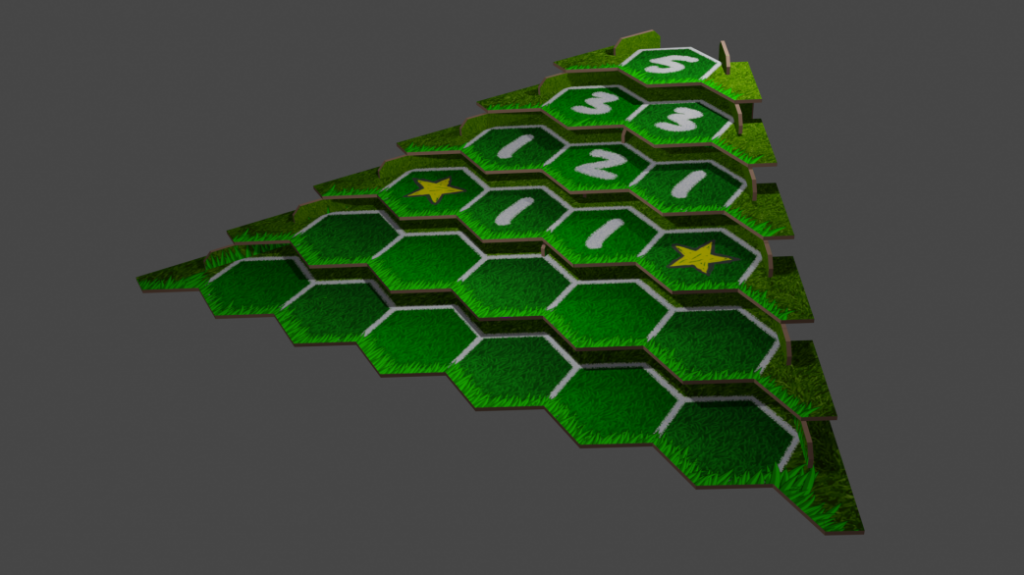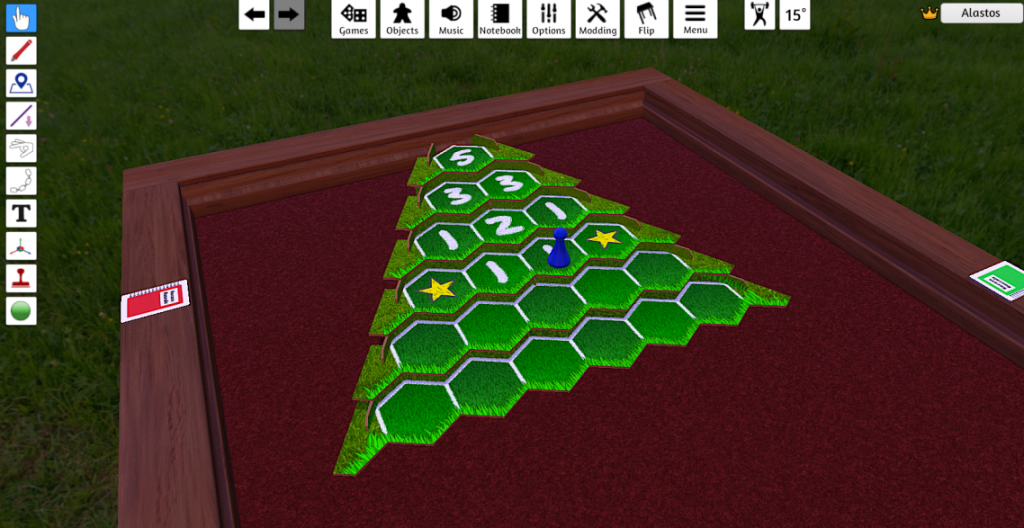Guild Update
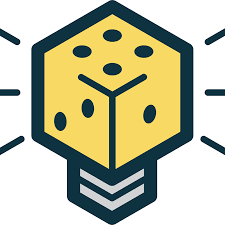
COVID and Guild Playtest Meetings
Currently we are allowing playtest facilitators for each location to determine if meetings will be held, as long as they fall within state guidelines. Updates on the status of these meetings will be announced via our BGDG of Utah’s Facebook Group.
Discord and the Guild
The BGDG of Utah’s Discord is a great way to get to know those in the guild and discuss all things game design! If you’ve not joined yet, we’d love to have you come and participate with us!
BGG Recognizes Dr Steven Poelzing
Dr Steven Poelzing was recognized on BGG last month! Dr Poelzing was an original founder of the BGDG of Utah as well as an original founder of SaltCON! It was very cool to see him recognized for his contributions to the industry! It was also great to see the updated logo that Bryce Johns made for the guild on the front page of BGG!
Protosynthesis
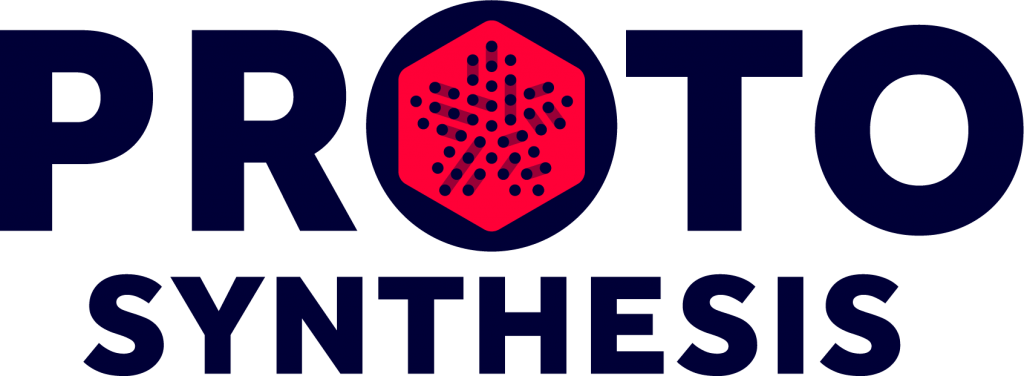
It was so great to have so many games and playtesters take part in Protosynthesis! Though there were a few technology issues, the event was a great success and we look forward to doing it again!
Also, thank you Brandt Brinkerhoff for coming up with the logo! It looks fantastic!
ProtoCON 2022

We are looking forward to preparing for ProtoCON 2022! If you are interested in participating or helping to organize it then please reach out to David Gonsalves.
BGDG of Utah Social Media
We have an active Twitter and Instagram account now! Please follow and start using #bgdgofutah in your game design related posts and they will be liked, retweeted etc!
Upcoming/Current Events
Recent Game News from the Guild
A Documentary
Crafting Arzium is a new documentary that follows Ryan and Mallory Laukat as they design their next game Now or Never.
Current Design Contests
Roll and Write Contest (03/28/21 India Board Games)
EGU Game Jam (03/31/21 Manchester Games Studios Network)
9 Card Nano Game Contest (04/01/21 BGG)
Roll and Write Contest (04/16/21 BGG)
54 Card Contest (04/30/21 BGG)
Solo Duo Challenge (05/14/21 The Game Crafter & BGDL)
Board Game Workshop Contest (Submissions open 05/16/21, Submissions end on 06/13/21 Board Game Workshop)
Print and Play
Piazza, by Scott Nelson, has been made available as a free Print and Play!
Game Design Highlights by Lyle Thatcher
Over the past year it’s been difficult to get any playtesting done for most designers. Thankfully, there are a handful of options available to designers to playtest digitally, allowing us to continue to progress with our designs. When I first started working on Recess Rascals, all of my play testing was done entirely online as a matter of fact. Back then I had recently moved to Colorado and had no idea just how big the board game design community was, so I roped in my friends and family back in Utah and had them try out my very earliest concepts using roll20.net, a web based system designed for RPG tabletop games. Recess Rascals is not an RPG, but the tools and resources available to me through Roll20 allowed me to continue to progress with my design in spite of my self perceived isolation.

After moving back to Utah my brother directed me towards the guild via an acquaintance of his (shout out to Jaron Frost!) and I stopped testing digitally almost instantly, never looking back. Then 2020 happened and I fell into a rut, I thought about getting my game updated and back on roll20, but after having my experiences with my 3D components I couldn’t go back to a two dimensional format and feel at all excited about my progress.
Shortly after our play testing meeting started getting postponed, I was invited to start playing board games digitally with a few other guild members. We’ve played almost every Tuesday night since, both on Tabletopia and Tabletop Simulator, even occasionally playtesting other guild member’s games that had put in the effort to get them to a playable digital space. Olith by Jarin Eastman on Tabletop Simulator, and Oros by Brandt Brinkerhoff. These experiences helped motivate me to start working on getting my own game into a digital format so I could continue to progress, even if it wasn’t as fast as I was progressing through traditional play testing.
I had dabbled ever so lightly in Tabletop Simulator years ago and quickly got frustrated, giving up and moving to Roll20 because I found it much easier to manage, plus it was free so my testers had less excuses not to help me out. I decided to try it again and found that it was not really as hard as I was expecting it to be. My progress hasn’t been as fast as I’d like it to be, but that’s my own fault, and the fact that I want some custom 3D models so I had to learn that whole process just to satisfy my own expectations. It’s still not ready yet, as scatterbrained as I am I decided to rework a bunch of my existing art and assets and then started designing a new game that’s nowhere near ready enough for testing. You’re probably not reading this to hear about my design work though, so I’ll move on.
Tabletop Simulator is awesome, I highly recommend taking the time to learn the basics. The biggest hurdle for me getting into TTS was my lack of knowledge on how to do anything with it. It doesn’t come with an instruction manual built into the program, forcing you to look at other online resources for direction. Before you start googling away at how to do every little thing you’re looking to accomplish though, I highly recommend you play a bunch of board games with it. Anything you want, the Steam workshop is packed full of great stuff, both published and works in progress. Playing a bunch of games through TTS will help familiarize you with the controls, and give you a ton of examples of what all this robust program can truly accomplish. Once you’ve played a handful of games, start to dabble in getting your own designs into a playable state on the platform. While I’ve not made any real efforts to upload my game to Tabletopia, I imagine that those that have would agree that using the platform to actually play games is an invaluable experience if you intend to use it to play test your own designs.
Getting started in Tabletop Simulator is the hardest step, and you’ll surely get frustrated along the way many times. Take a break and utilize the many online resources to help you solve what you’re stuck on, chances are pretty good that you’re not the only one that’s had that problem. I regularly refer to kb.tabletopsimulator.com, reddit.com/r/tabletopsimulator/, and end up in a variety of forums through googling things like “how to adjust rotation values on custom 3D dice models in TTS.” And you’re more than welcome to reach out to me personally on Discord if you’d like. I don’t consider myself an expert, but I’ve got a pretty good grasp on Tabletop Simulator that if I can’t provide you an answer I can at least point you in the right direction. Once you get even one piece of your game onto the platform, a lot of your apprehension over learning how to upload other parts of your game will start to dissipate and your motivation will grow. Faction Fighters by Paige and Aaron Treglown has made some impressive strides on the digital front lately, I saw a recent screen shot of their game being built in TTS and it looks fantastic and well polished with their custom scripting (As of this writing, their game is not available for public downloading)
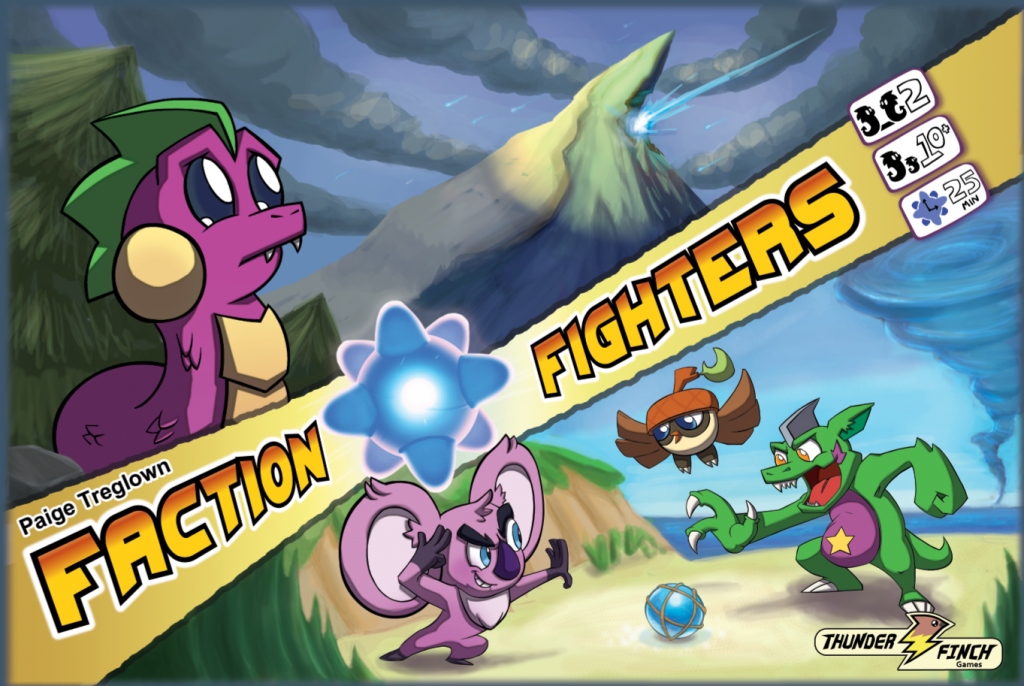
Scripting is a hurdle I’ve not yet leapt over myself, and from my discussions with other designers, many think that scripting is a necessary hurdle for you to clear before you move onto play testing. I’m here to tell you, that’s not true. There isn’t much that scripting in TTS can accomplish that you can’t do yourself manually. In my opinion, scripting is the polish you put on a finished project, or near finished. Until you’ve got your design to a near complete state, I’d recommend ignoring the scripting parts of TTS altogether. Nothing is worse than putting hours of effort into programming something, only to replace or remove it after feedback. While this is a normal aspect of board game design, this is unnecessary effort when applied to a digital format. I can’t reiterate enough, for play testing and prototyping purposes, scripting is not something you need to worry about. Play with it if you want, but if it’s something that’s holding you back from trying TTS don’t worry about it. Scripting isn’t something you can apply in a real world play test anyway, so don’t sweat it too much.
Interview with Skye Larsen

Personal Questions
What’s your backstory? Tell us about yourself and how you got into game design.
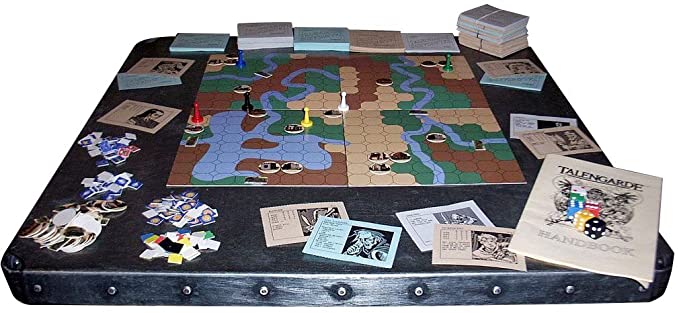
I always loved tabletop games, and I’ve played them from a young age. My uncle’s brothers had designed and published their own board game in the 90s, which I thought was quite cool. At some point in high school, I’d started playing games like Magic the Gathering and Star Wars: Epic Duels, and it clicked in my brain that I could be the person writing these card abilities. I actually wrote an email asking Mark Rosewater, a Magic the Gathering designer and columnist, what to study to prepare for game design. (He answered! It was a short email, but it was helpful and encouraging.) I kind of knew at that point I’d be designing games in some capacity–whether as a profession or a hobby.
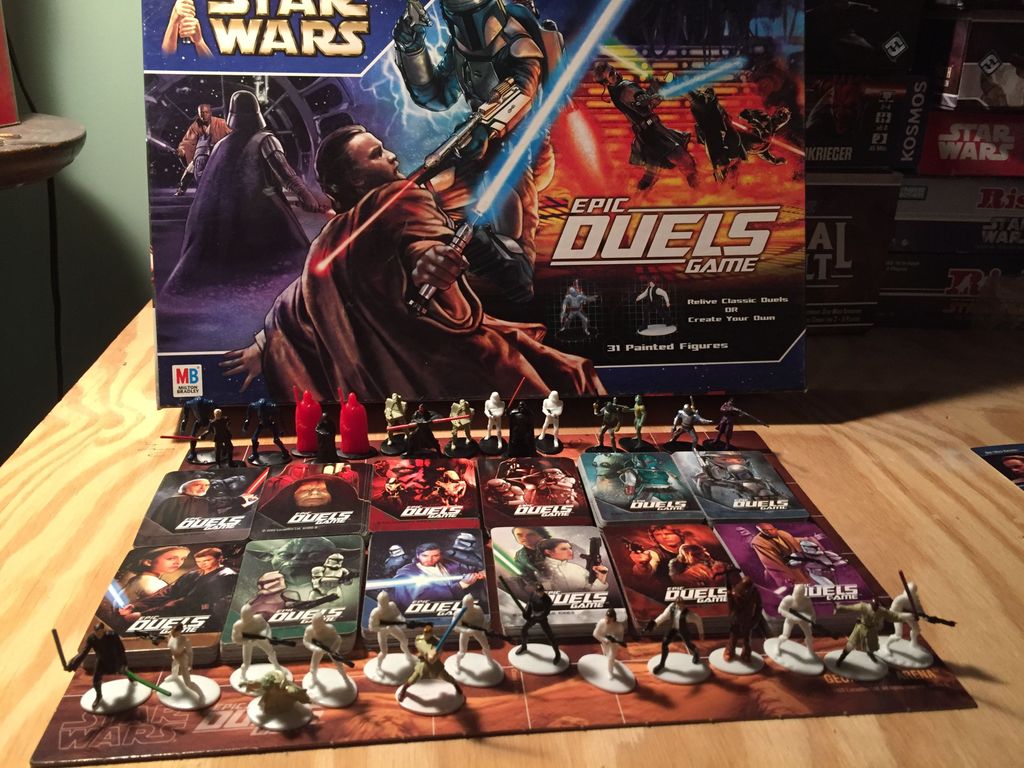
So I’ve been wanting to design games for a long time. In college I became enamored with video games like DotA and League of Legends and started to steer my career toward video game design. But as an indie video game project stalled and stalled and stalled, I fell back in love with board game design. One great thing about designing for the table top is that prototyping and iterating on that prototype happen so much faster. For now, I think I’ll stick with the tabletop industry.
Can you walk us through your design process? Do you start with specific themes in mind or want to utilize certain mechanisms?
Ahh, the good ol’ theme vs. mechanism debate. I’d say I usually start with a theme or experience in mind. I know “experience” can sound a bit… ethereal? But it honestly seems like the word that fits my initial design sparks. For instance, my mech game–which many guild members have graciously tested–started out with the experience I loved in a video game Mechwarrior Mercenaries where you’d destroy other mechs on missions and use their equipment to improve your own mech. I started with a mech theme, but even with the game’s entirely new theme (dark fairy tale) I still feel like I’m hitting a similar experience.
As far as the process, a designer I know refers to it as ping-ponging between theme and mechanics, and that describes my process perfectly. When I run into a mechanical question, I see how the theme might help answer it, and vice versa.
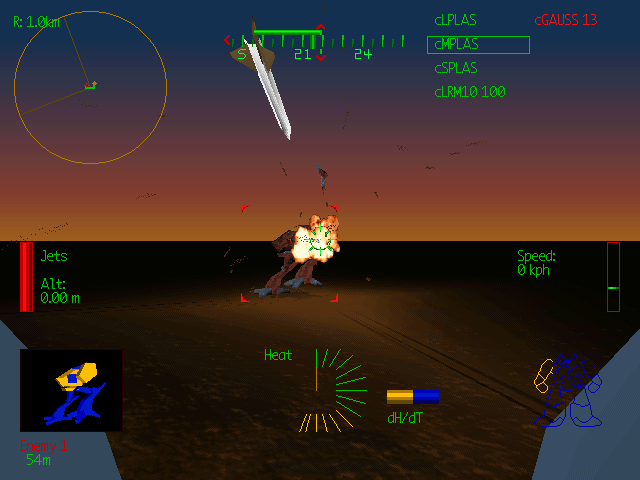
How did you become involved with the guild?
As I mentioned earlier, we were in a rut with our indie video game and I’d spent several months working on other aspects like art instead of the game’s mechanical design. I started designing some board games so that I could keep using those design muscles. I believe I found the guild through simple internet searching–looking for some type of playtesting group in the area.
I had some great early experiences at our location in Pleasant Grove, and the rest is (recent) history!
If you could identify a specific design curriculum, or essential games that designers should play, what would you choose?
I still feel like I need to play so many more games to feel “well read” when it comes to board games. I’m probably taking this question to seriously, but as an actual curriculum for a class I’d say Pandemic, Monopoly, and Wingspan. Pandemic opened up cooperative games in a huge way. Monopoly is a great case study because of it’s popularity outside the hobby and notoriety inside the hobby. (It’s also a great discussion point for house rules and how incorrect rule interpretations can break the heart of the game.) Finally, I think Wingspan is an excellent modern hobby game with broad appeal, and it’s a great chance to talk about theme.
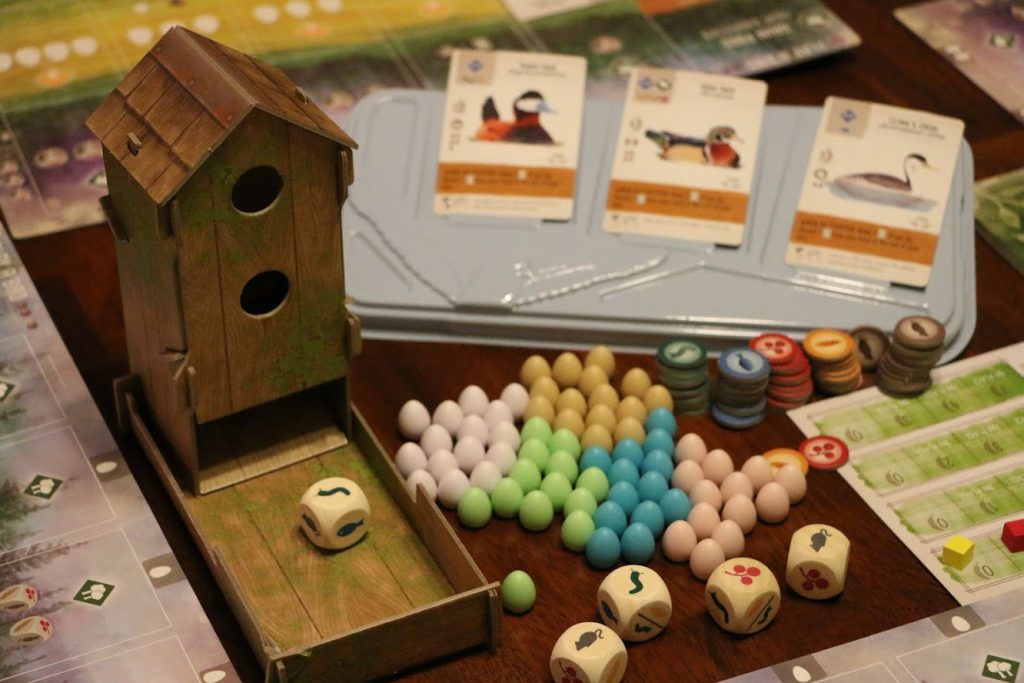
Game Related Questions
Tell us about the most current game you’ve been working on!
My biggest project at the moment is a co-design project with Tim Fowers. It’s a sequel of sorts to his deckbuilding word game Paperback. It takes the core mechanisms of Paperback and turns it into a solo-focused game where you defeat a series of 9 enemies to win. To defeat those random enemies, you use the letter cards from your hand to spell words. Those cards have icons that either provide basic aggressive or defensive power, and one card (either the first or last letter in the word) gets to apply its special ability as written on the card.
Enemies have different attack patterns and special abilities, so each of the 9 successive battles is kind of a unique puzzle on its own. Enemies get significantly harder the farther you get, but you also gain new cards for your deck, upgrade existing cards in your deck, and add helpful items and treasures to your arsenal with every enemy you beat. The enemies, characters, and treasures all come from different genres of literature, and some of the fun simply comes from mashing together fantasy, sci-fi, and Victorian romance in weird ways.
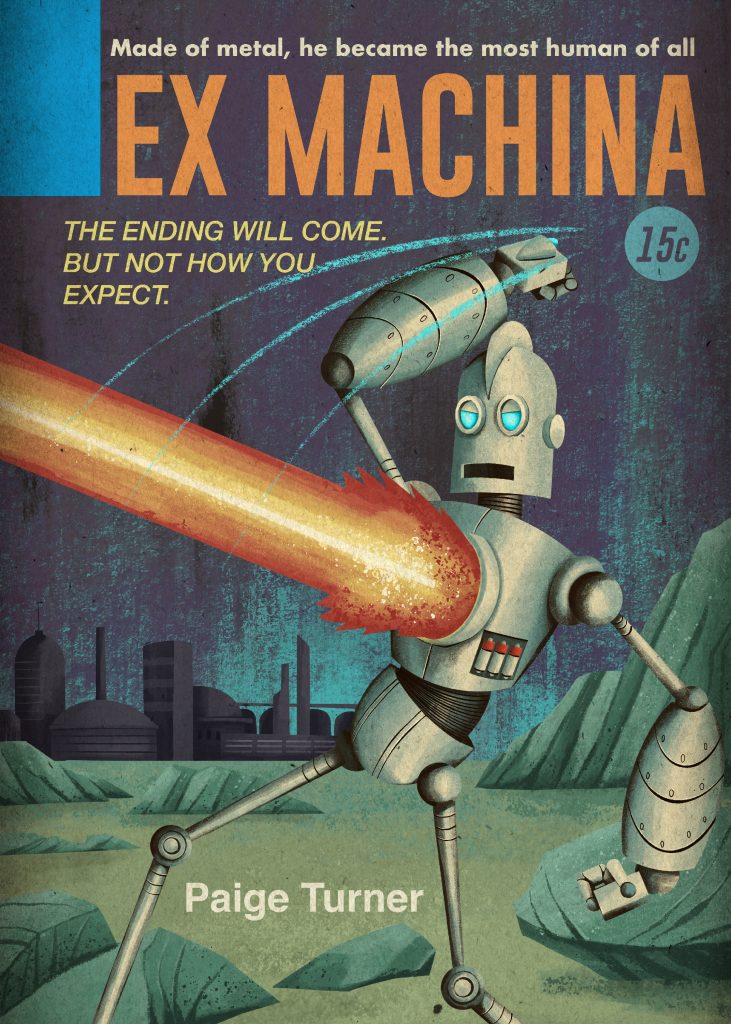
Tell us about some design challenges you’ve been facing.
The design itself has been working for a while, but there were a few lingering issues we’d been wanting to address for a while. For example, we wanted to avoid “stall out” gameplay. We wanted defense to be a part of the game, but the fights can get rather stale if you defend over and over to slowly eek out a victory against the enemy. We could have addressed this a number of ways, but in the end we settled on a fairly big mechanic change. Now the card in your word that performs an ability also gets “fatigued” from the fight, meaning you can’t use it again until you start your next battle.
This created some interesting decision points on its own (do you try and save a letter so you can use it later in the fight?) but it also quite cleanly solved the stalling gameplay. Now every fight essentially has a built-in timer, and you can feel the tension as cards disappear from your deck. We needed to make a lot of system tweaks and enemy adjustments to accommodate the change, but it was definitely worth it in the end.
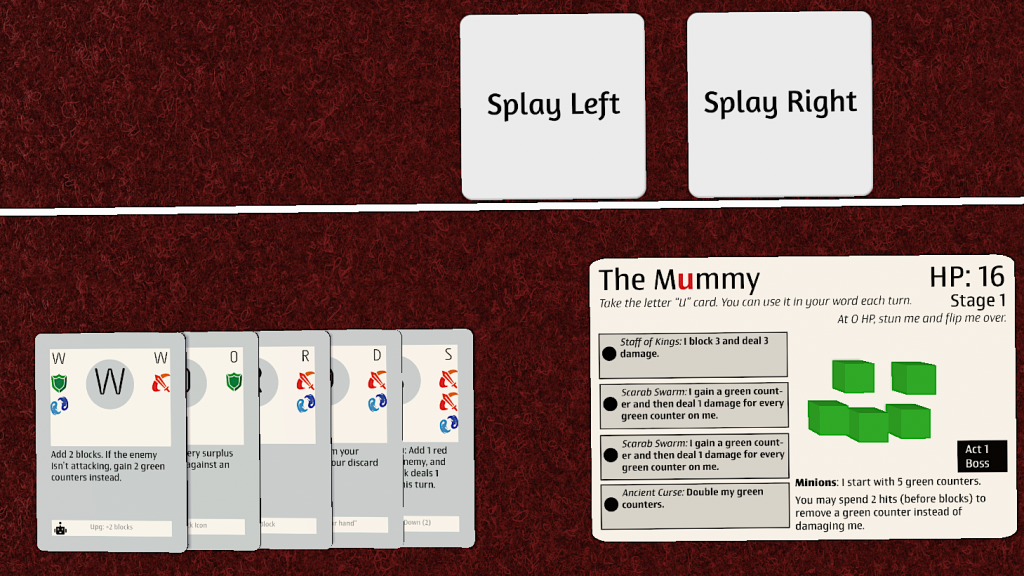
It sounds like you’ve got some additional designs you’ve been working on. Can you highlight them as well?
I’m loving my consistent work with Fowers Games, but I’m also tinkering with some designs of my own. Many guild members are familiar with my mech-deckbuilder-turned-fairy-tale game–its working title is now Fate & Fae. Thanks to lots of amazing feedback (including plenty from guild members) the game has morphed from a fun but plodding turn-based deckbuilder into a bag buildier with 95% simultaneous play. I’m sprucing up my new prototype, and then I’ll be pitching it to publishers.
A few other designs include another bag building game focused on space smuggling (with emphasis on pushing your luck and upgrading your ship), a solo game that takes the puzzly tactics combat of Into the Breach and adapts it for tabletop play, and a game about the “amnesiac who discovers their powers/abilities” trope.
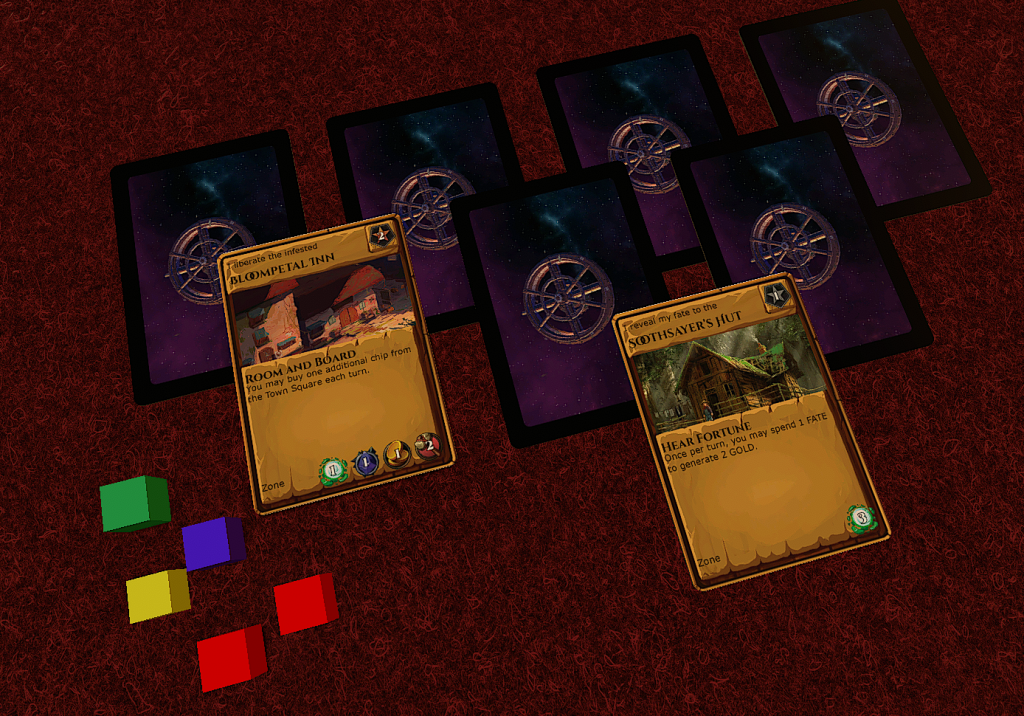
You’ve mentioned working with Tim Fowers in a development role, can you tell us more about that? Also, do you plan on self-publishing at some point?
Tabletop game development is an important part of the industry, but one that’s very rarely discussed except in vague terms about “refining” a design. It’s a role that can vary widely from game to game and publisher to publisher. I can only speak to my experience with Fowers Games. As an example, my responsibilities with Burgle Bros 2 included content design (filling in the game with more content), playtesting, building prototypes, managing and sharing those prototypes, balance feedback/solutions, rulebook editing, and file prep for the manufacturers.
I’ve done a little development and editing work outside of Fowers Games, but for now Tim is definitely my biggest client. For now my plan is to keep freelancing as a developer and rulebook editor while pitching my personal designs to the publishers that fit. Eventually I could see myself branching off and self-publishing my own games, but at the moment I’m having a lot of fun bringing other designs to life.
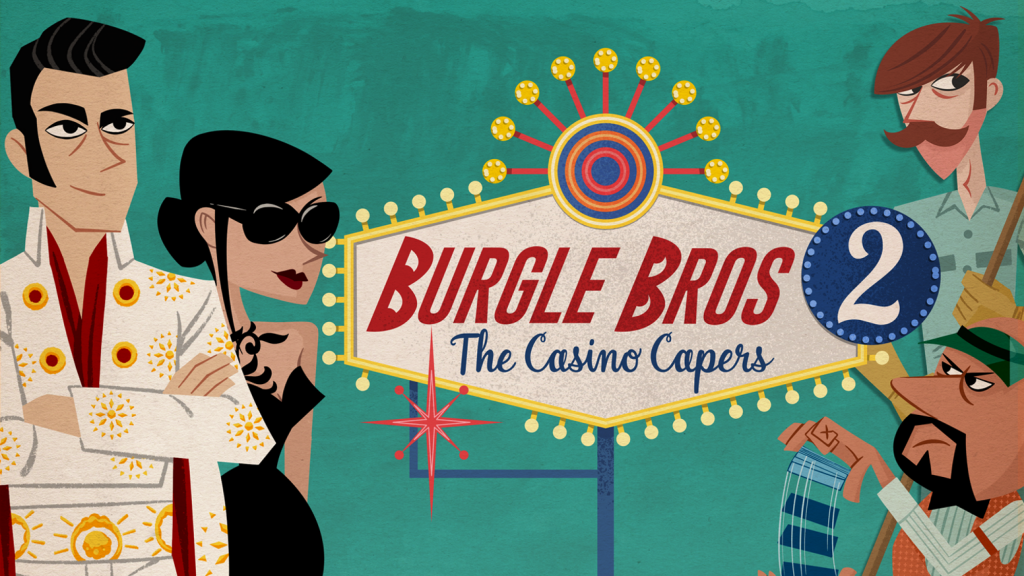
Wrap Up Questions
What could the guild do better? Also, if people wanted to get in contact with you, how would they go about doing that?
I think the guild does a pretty good job with development as it is. One of the most important tools for development is playtesting, and the guild obviously helps there. I think designers do need to remember that other designers often provide one specific type of feedback, and that it’s important to develop your game with a variety of voices in mind. On a related note, I hope we can do a better job as a guild to be inviting and welcoming to a greater diversity of members. More perspectives and backgrounds will only help guild designers to make games that appeal to a wider audience. If people want to contact me, they can check out my website: skyelarsen.com. I’m also pretty active on Twitter: @robthesky_games. I like being helpful so feel free to reach out for advice or an online playtest.





